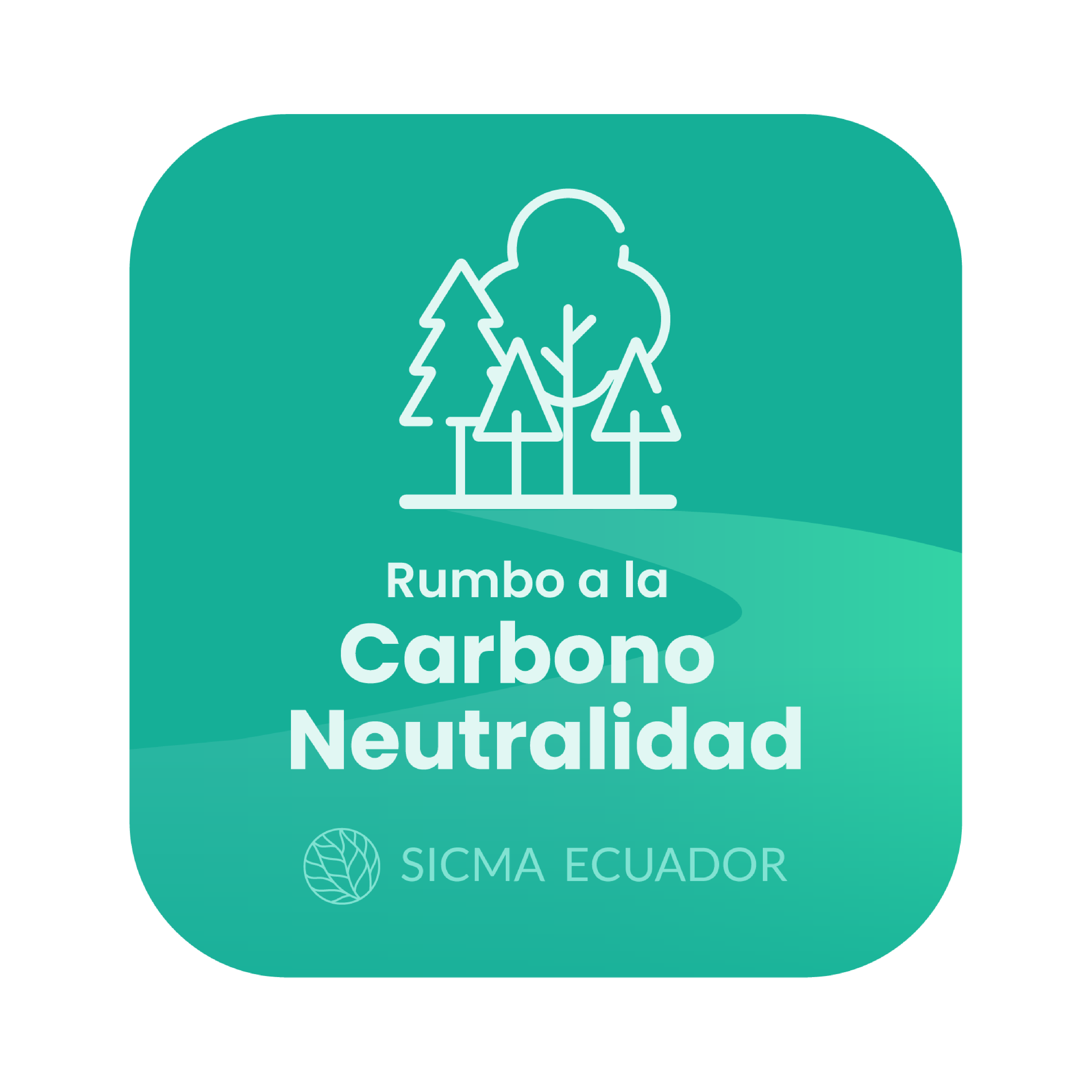Freezing
Freezing should not be confused with the initial process of it: hypothermia, or decreased body temperature by prolonged exposure to low temperatures, which will be discussed later.
When a person is frozen due to excessive exposure to cold the following symptoms appear:
- Numbness, shivering (defense mechanism to produce heat).
- Drowsiness, loss of vision.
- Staggering.
- Numbness or semi consciousness.
A moment before declaring freezing, it is possible that the victim’s skin looks normal, but as the freezing progresses the skin becomes white or yellowish-gray, there is numbness, tingling, excessive sleep. The victim may or may not feel pain. Blisters may develop. The most affected areas are usually the ears, nose, and fingers, although there may be a widespread freeze.
As a general rule, when there is a freeze
- DO NOT make local friction (neither in snow). Frozen areas become fragile and can break.
- Cover the area with blankets or warm clothing.
- DO NOT use hot water bags or heating pads, do not allow the victim near a heater.
- Place the victim in a room to which the temperature will increase gradually, at 2 degrees per hour. Or:
- Bathe the victim in warm water (23 to 27 degrees), which will increase the temperature at 4 degrees per hour.
- If the victim is conscious, he should be given hot beverages, very sugary but nonalcoholic: tea, coffee, soup, etc.
- hen warmed up, you should encourage the victim to exercise the affected limbs.



